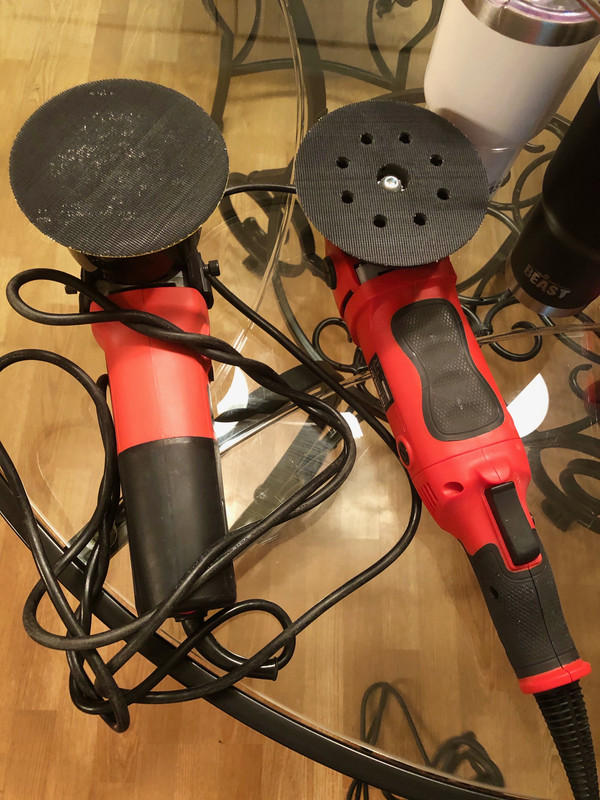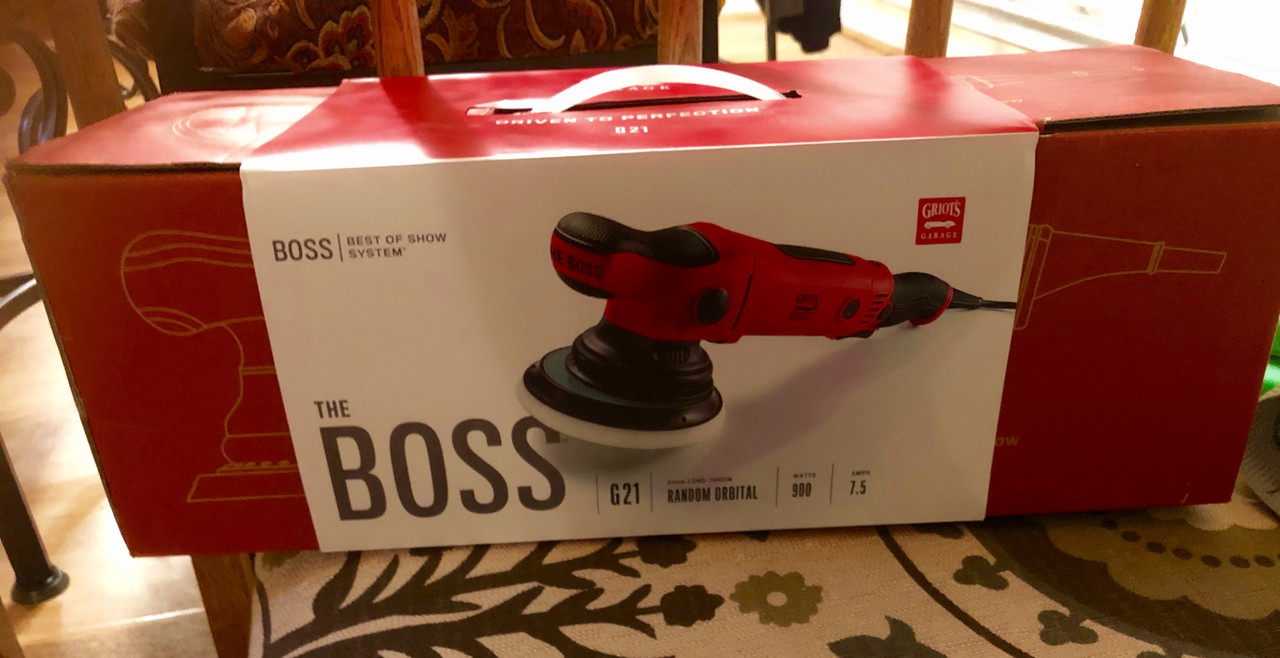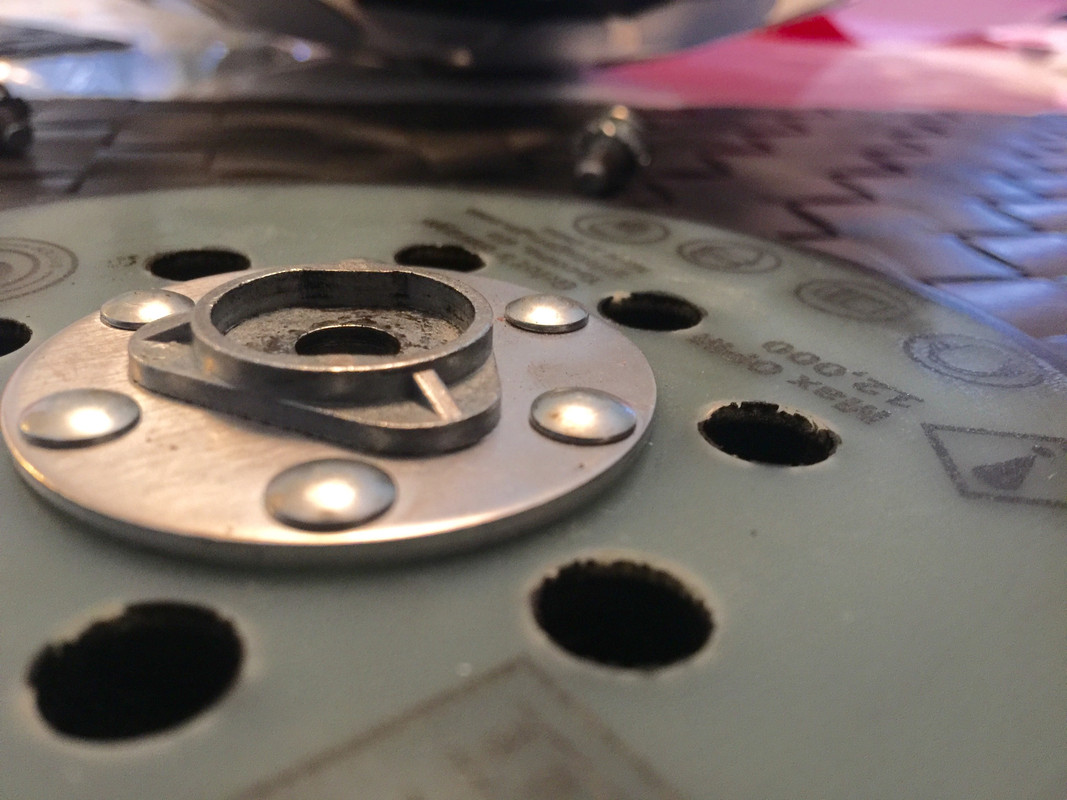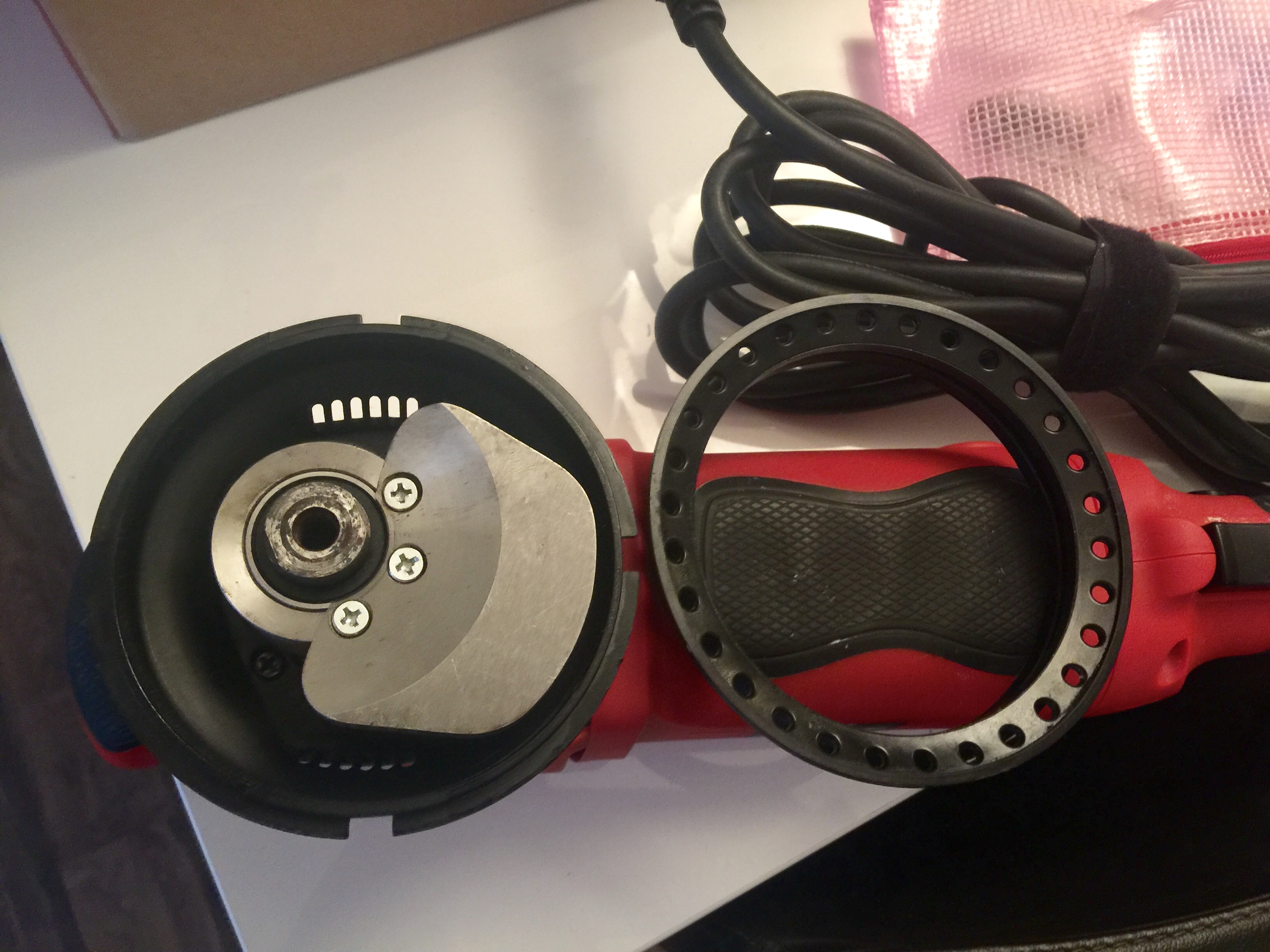Hi Guys,
So I tackled compounding my Audi on Wednesday. I was using my GG6 and my BOSS 21 (OG one purchased when it first came out).
After tackling the car with it, I was noticing I was getting just as much correcting with less passes with my old but reliable GG6!
I stopped using it once I had my BOSS 21 when I bought it a couple years ago...so I kind of put it to a side. I was using it for smaller areas on the side and my GG3 for the rear and front bumpers.
Here's a post with more detail on the project I started. Compounding and Polishing 2010 AUdi S4 - Phantom Black (SUPER HARD paint) Progress thread
However, I started this thread because I am severely disappointed with my BOSS 21. I've used it on friends cars which all have been pretty soft paint, so I was shocked when I decided to dust off the old GG6 and compare on some panels.
The GG6 actually worked FASTER, and cut quicker than the BOSS 21 with less passes.
I don't know what that means...is mine defective? I mean I paid a ton of money when it first came out and never noticed how potentially underpowered it is until I really put it to the test on my rock hard Audi paint/compounding.
I paid more than double than my GG6 cost, and now...find my GG6 actually works BETTER?? Feel real deflated...and don't know what to do....
Any thoughts?
Pics:
Old reliable vs. my BOSS 21:


So I tackled compounding my Audi on Wednesday. I was using my GG6 and my BOSS 21 (OG one purchased when it first came out).
After tackling the car with it, I was noticing I was getting just as much correcting with less passes with my old but reliable GG6!
I stopped using it once I had my BOSS 21 when I bought it a couple years ago...so I kind of put it to a side. I was using it for smaller areas on the side and my GG3 for the rear and front bumpers.
Here's a post with more detail on the project I started. Compounding and Polishing 2010 AUdi S4 - Phantom Black (SUPER HARD paint) Progress thread
However, I started this thread because I am severely disappointed with my BOSS 21. I've used it on friends cars which all have been pretty soft paint, so I was shocked when I decided to dust off the old GG6 and compare on some panels.
The GG6 actually worked FASTER, and cut quicker than the BOSS 21 with less passes.
I don't know what that means...is mine defective? I mean I paid a ton of money when it first came out and never noticed how potentially underpowered it is until I really put it to the test on my rock hard Audi paint/compounding.
I paid more than double than my GG6 cost, and now...find my GG6 actually works BETTER?? Feel real deflated...and don't know what to do....
Any thoughts?
Pics:
Old reliable vs. my BOSS 21:












